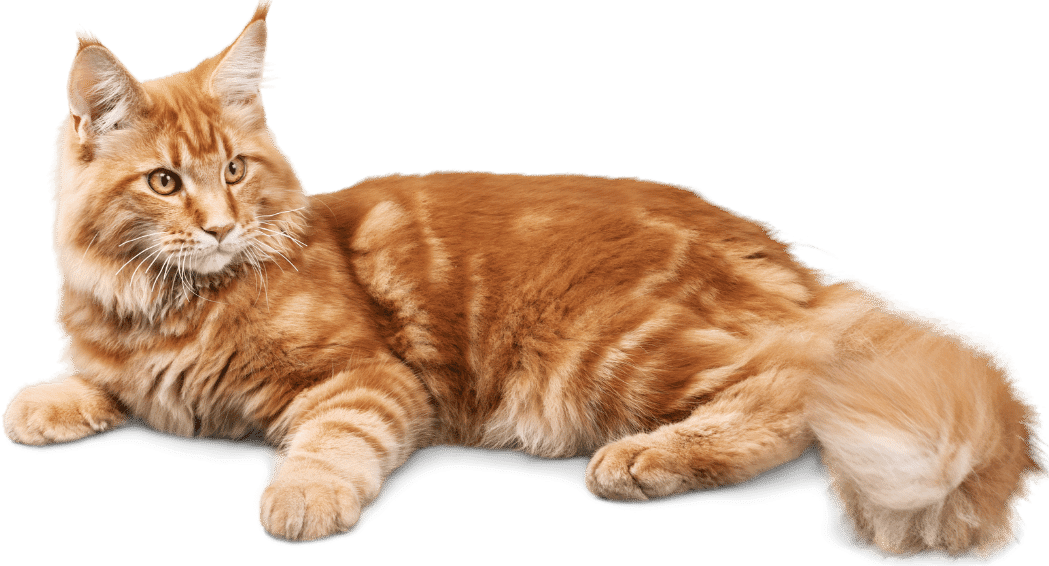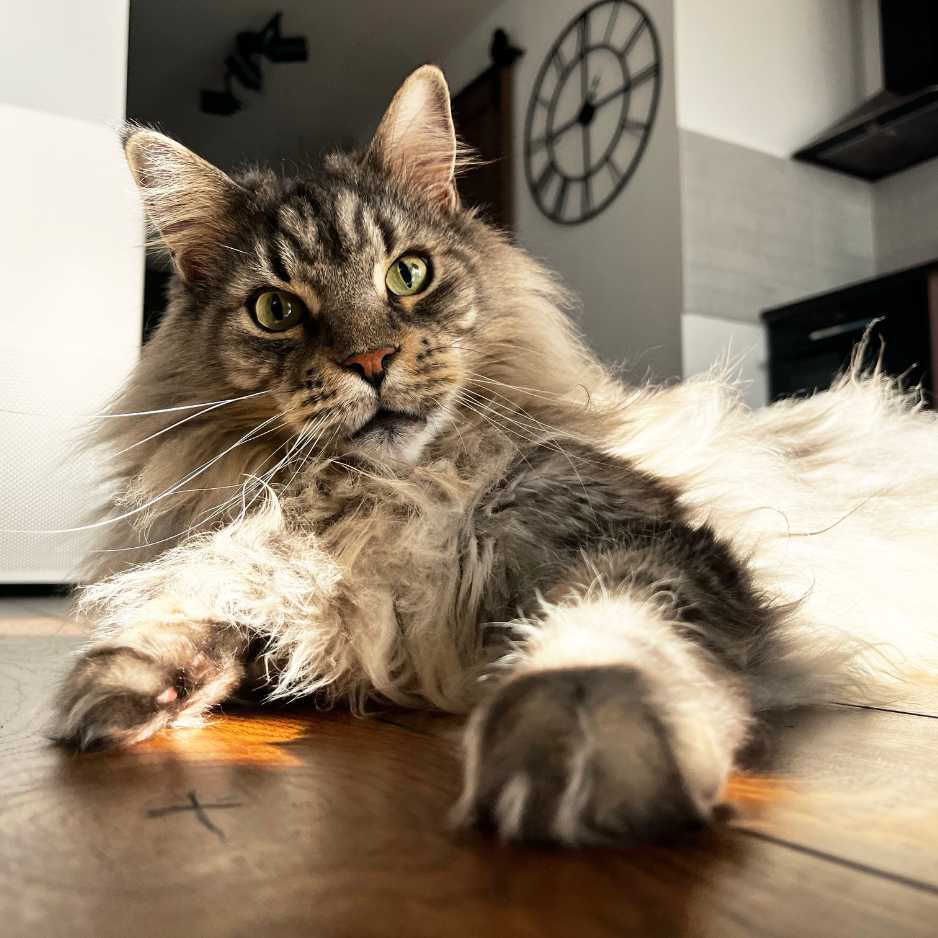Cats come in various shapes and sizes, but some breeds stand out for their impressive stature. Large cats can be striking and affectionate companions, making them popular choices for cat lovers. This blog explores the top 20 biggest cat breeds in the world, highlighting their unique characteristics, origins, and care needs.
Top 20 Largest Cat Breeds
1. Maine Coon
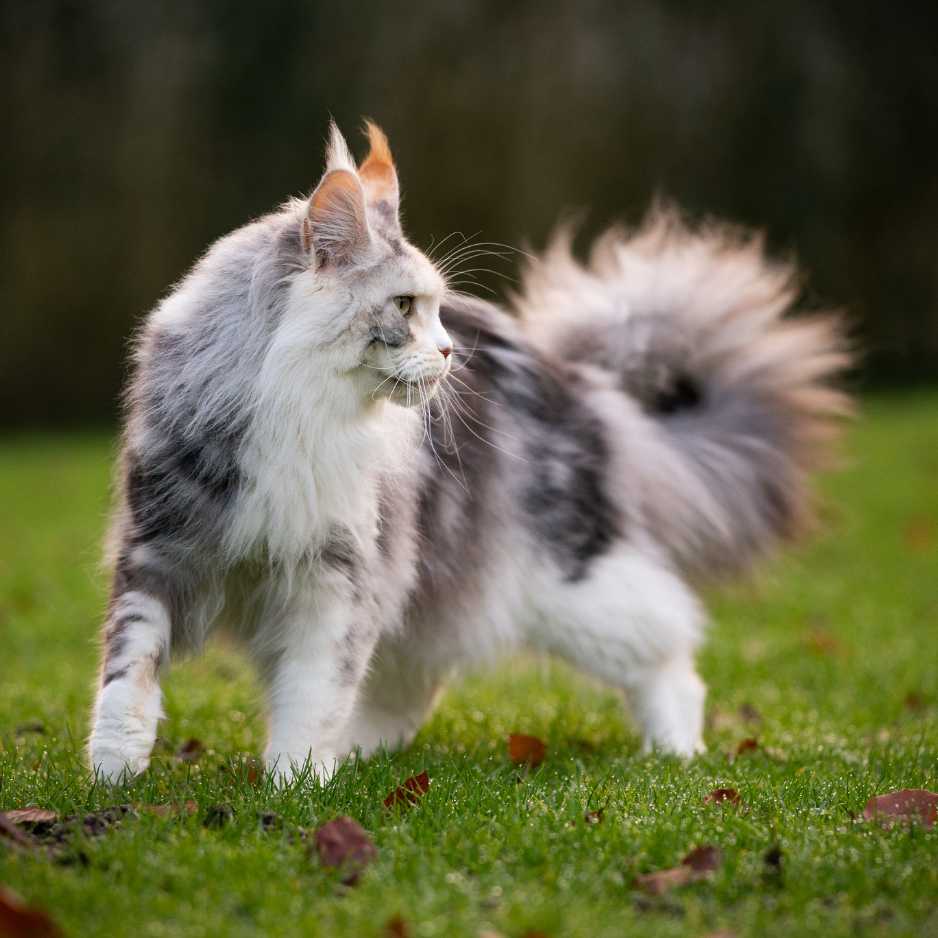
The Maine Coon is one of the largest domesticated cat breeds, renowned for its long, tufted ears and bushy tail. Originating in the northeastern United States, this breed was likely developed from a mix of domestic cats and long-haired breeds. Males typically weigh between 13 to 18 pounds, while females usually weigh between 8 to 12 pounds. Maine Coons are known for their friendly and sociable nature, often described as “gentle giants.” They require regular grooming due to their thick fur and benefit from interactive play to keep them mentally stimulated.
2. Ragdoll
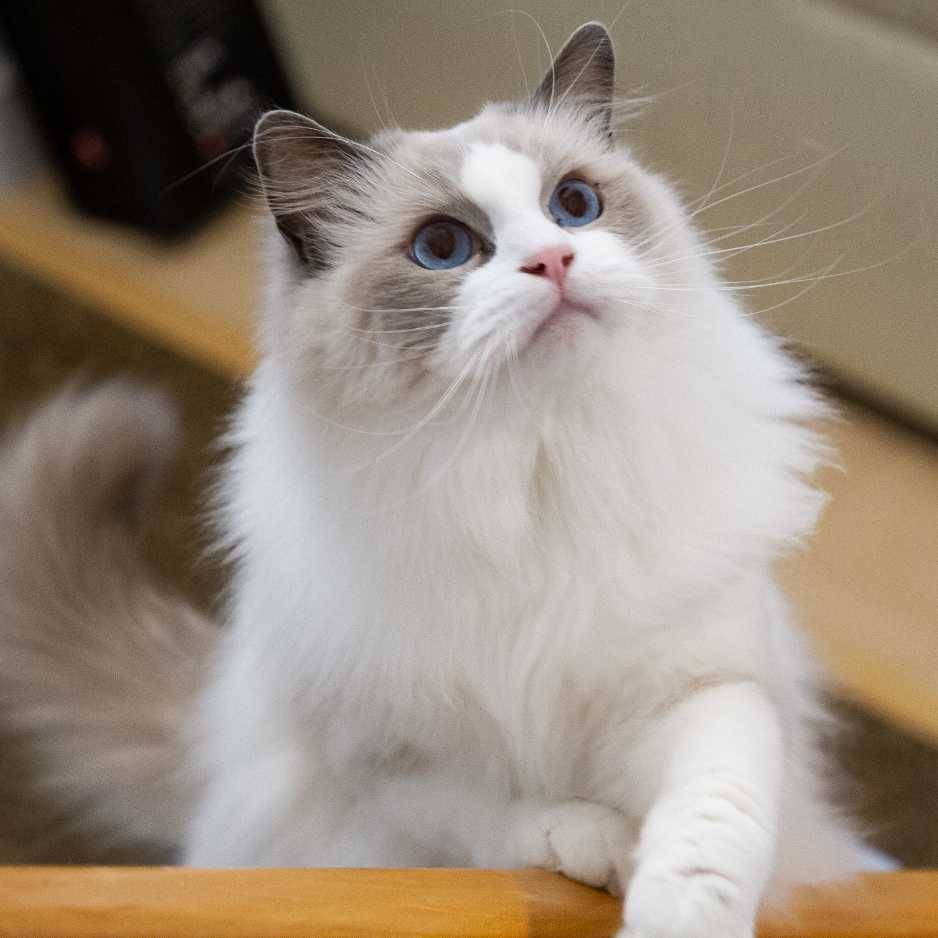
Ragdolls are large, affectionate cats that often go limp when picked up, hence their name. This breed originated in the United States in the 1960s and is known for its striking blue eyes and semi-long hair. Males can weigh between 15 to 20 pounds, while females typically weigh 10 to 15 pounds. Ragdolls are gentle and laid-back, making them excellent companions for families. They thrive on human interaction and should be brushed regularly to prevent matting.
3. Norwegian Forest Cat

The Norwegian Forest Cat is a natural breed that originated in Norway. This cat has a sturdy build, a long tail, and thick fur, which protects it from harsh weather conditions. Males generally weigh between 12 to 16 pounds, while females weigh 8 to 12 pounds. Known for their playful and friendly nature, Norwegian Forest Cats are also good climbers and enjoy exploring their surroundings. Regular grooming is essential to keep their coat healthy and tangle-free.
4. Savannah Cat
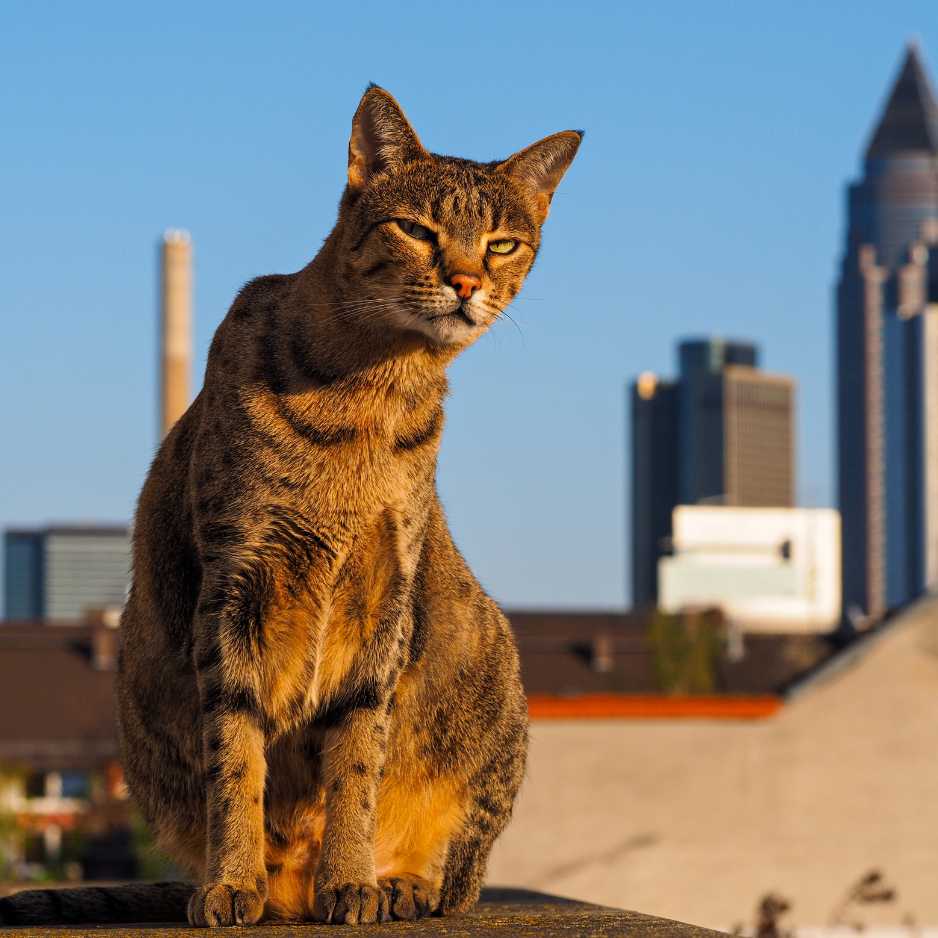
The Savannah cat is a hybrid breed created by crossing a domestic cat with a serval, a wild African cat. They are known for their tall, slender bodies and exotic appearance, resembling a wild cat. Males can weigh between 12 to 25 pounds, while females usually weigh 8 to 20 pounds. Savannah cats are highly active and intelligent, requiring plenty of exercise and mental stimulation. They are known for their affectionate nature but may need socialization from an early age.
5. Siberian Cat

Siberian cats are a large, robust breed originating from Russia. They have a thick, water-repellent coat, which keeps them warm in cold climates. Males typically weigh between 15 to 20 pounds, while females weigh 10 to 15 pounds. Known for their playful and friendly demeanor, Siberians are also known to be good with children and other pets. Regular grooming is necessary to manage their thick fur and prevent matting.
6. Chausie

The Chausie is a hybrid breed created by crossing a domestic cat with a jungle cat (Felis chaus). This breed has a muscular build and a wild appearance, often characterized by large ears and a long tail. Males can weigh between 15 to 25 pounds, while females weigh around 8 to 15 pounds. Chausies are active and playful cats that require ample space to explore and play. They are known for their affectionate and social nature but may require some time to bond with their owners.
7. British Shorthair
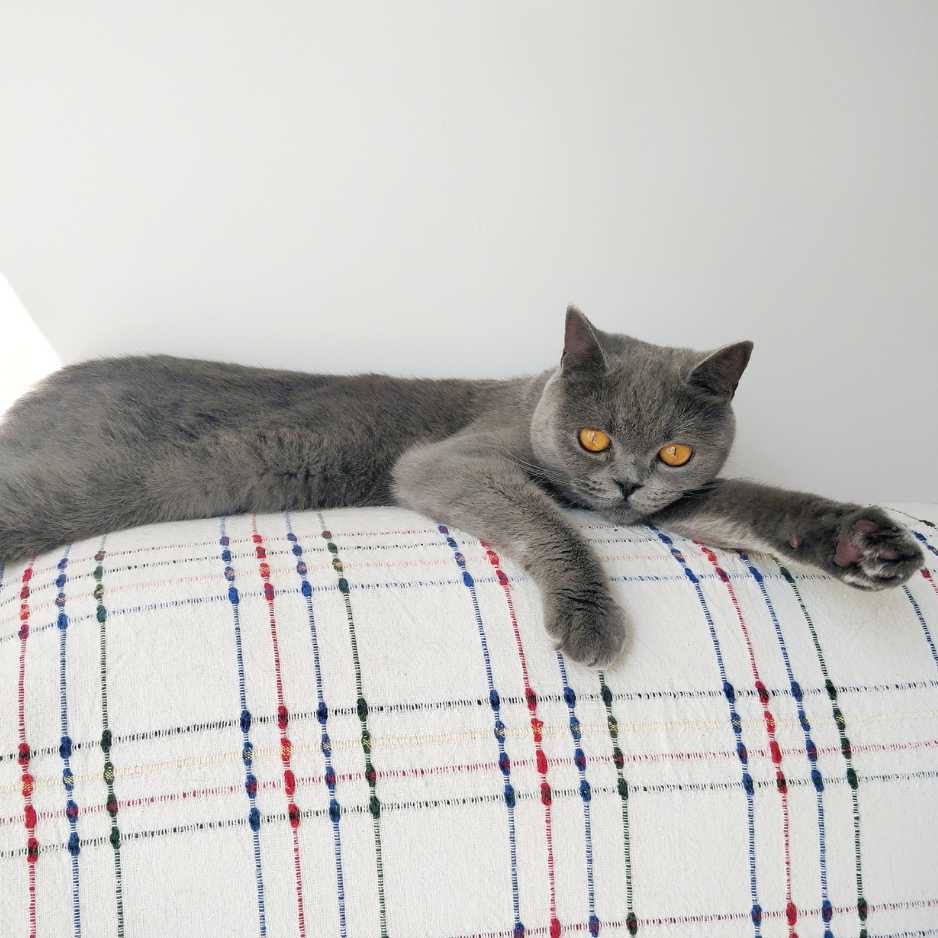
The British Shorthair is one of the oldest and most recognizable cat breeds, known for its round face and dense coat. Originating in the UK, this breed has a sturdy build, with males typically weighing between 12 to 20 pounds and females weighing 8 to 14 pounds. British Shorthairs are known for their calm and easygoing temperament, making them excellent companions for families and singles alike. Their short coat requires minimal grooming, but regular brushing helps reduce shedding.
8. Bengal
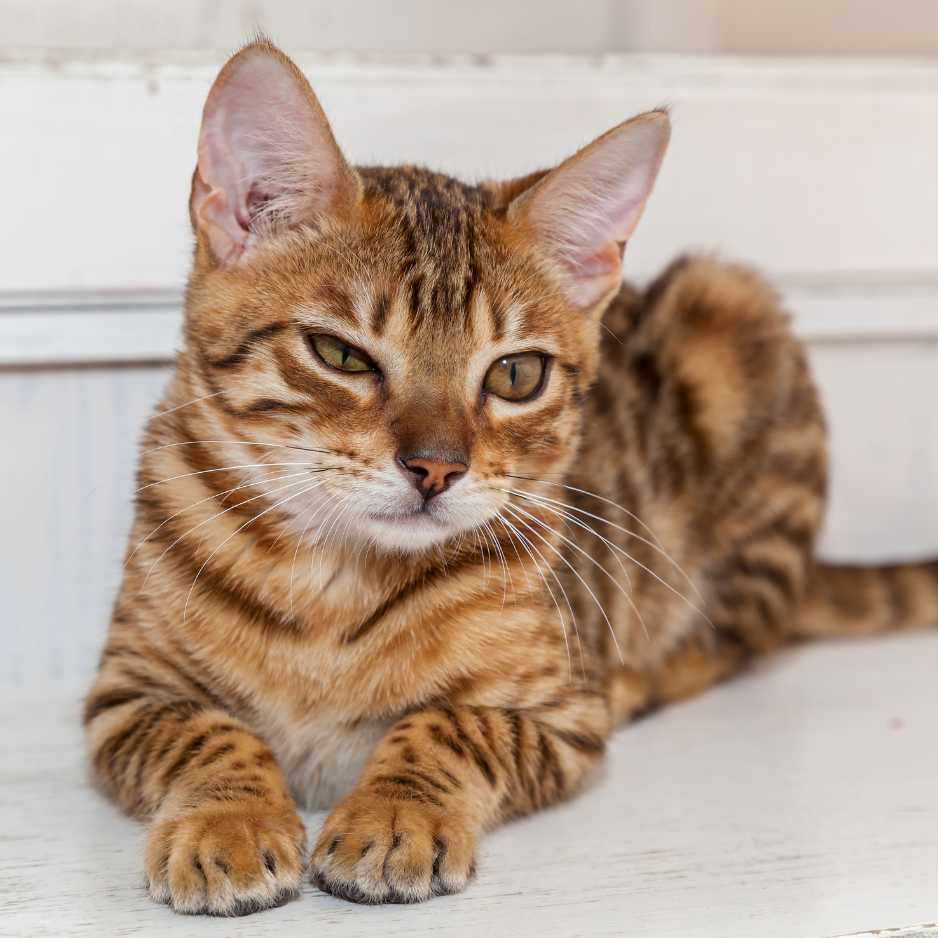
Bengals are large, active cats known for their striking leopard-like appearance. This breed originated in the United States through the crossbreeding of domestic cats and the Asian leopard cat. Males typically weigh between 10 to 15 pounds, while females weigh 8 to 12 pounds. Bengals are highly energetic and playful, requiring plenty of stimulation and exercise. Their short coat is easy to maintain but may need occasional brushing to reduce shedding.
9. Turkish Van

The Turkish Van is a unique breed known for its love of water and striking color pattern, featuring a white body with colored markings on the head and tail. Originating from the Lake Van region in Turkey, males typically weigh between 12 to 20 pounds, while females weigh around 8 to 12 pounds. Turkish Vans are energetic and playful, requiring plenty of mental and physical stimulation. Their semi-long coat requires regular grooming to prevent matting.
10. Ragamuffin
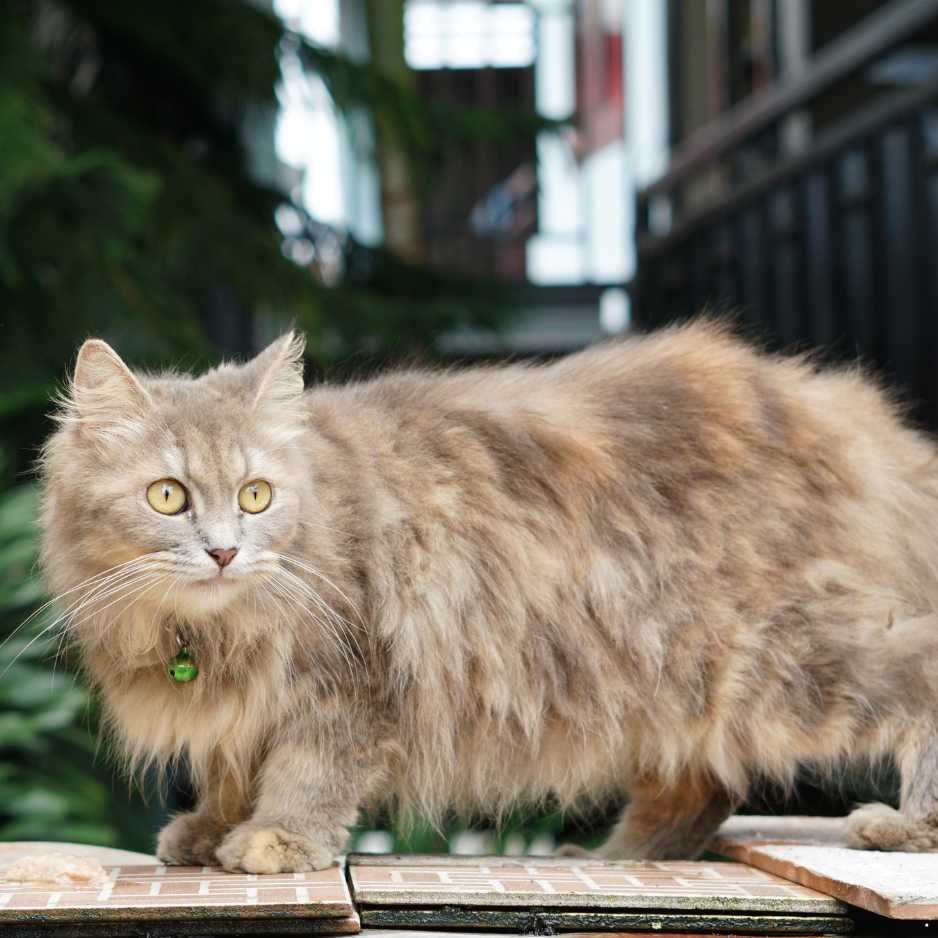
Ragamuffins are known for their gentle and affectionate nature. This breed is closely related to Ragdolls and has a similar appearance, with a plush coat and large, expressive eyes. Males typically weigh between 15 to 20 pounds, while females weigh around 10 to 15 pounds. Ragamuffins are social and friendly cats that thrive on human companionship. Regular grooming is essential to keep their coat healthy and free of tangles.
11. Chartreux
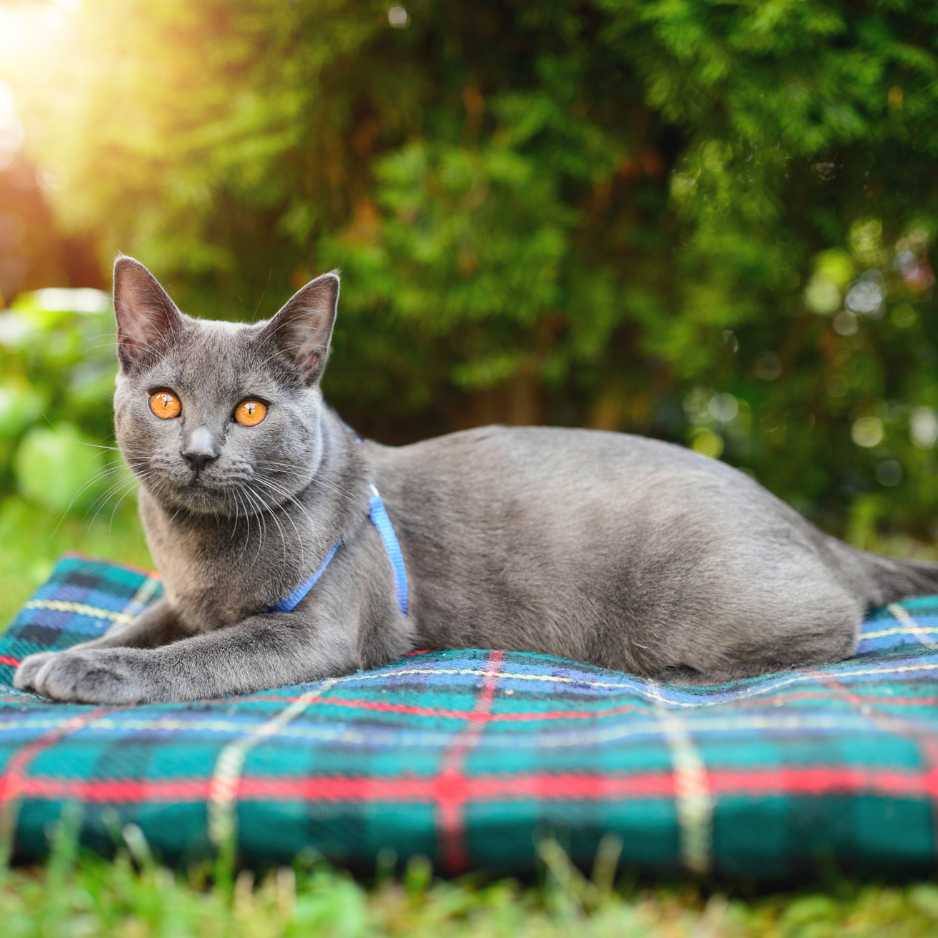
The Chartreux is a rare breed known for its distinctive blue-gray coat and copper or gold eyes. Originating from France, this breed has a robust build, with males typically weighing between 12 to 16 pounds and females weighing around 8 to 12 pounds. Chartreux cats are known for their playful and affectionate nature, often forming strong bonds with their owners. Their short coat requires minimal grooming, making them easy to care for.
12. American Bobtail
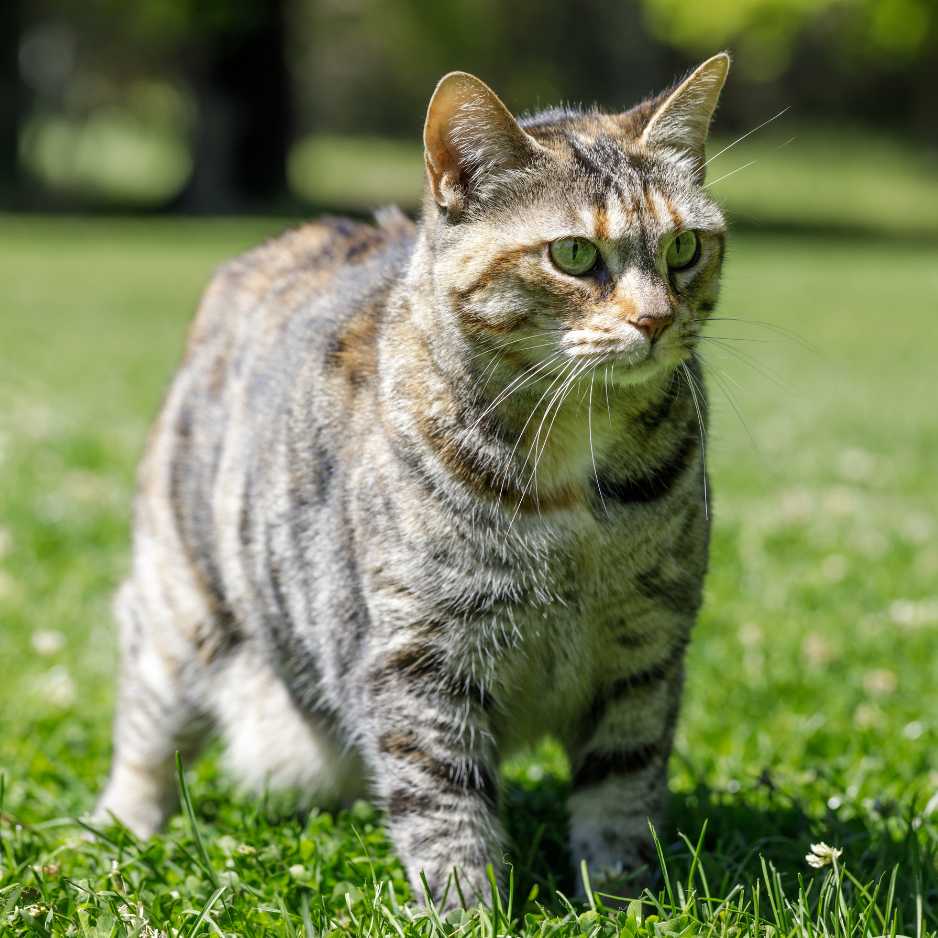
The American Bobtail is characterized by its short tail, which resembles that of a bobcat. This breed has a sturdy build, with males weighing between 10 to 15 pounds and females weighing 8 to 12 pounds. American Bobtails are known for their friendly and playful demeanor, making them excellent companions for families. They require regular grooming, but their coat length can vary from short to long.
13. Ocicat
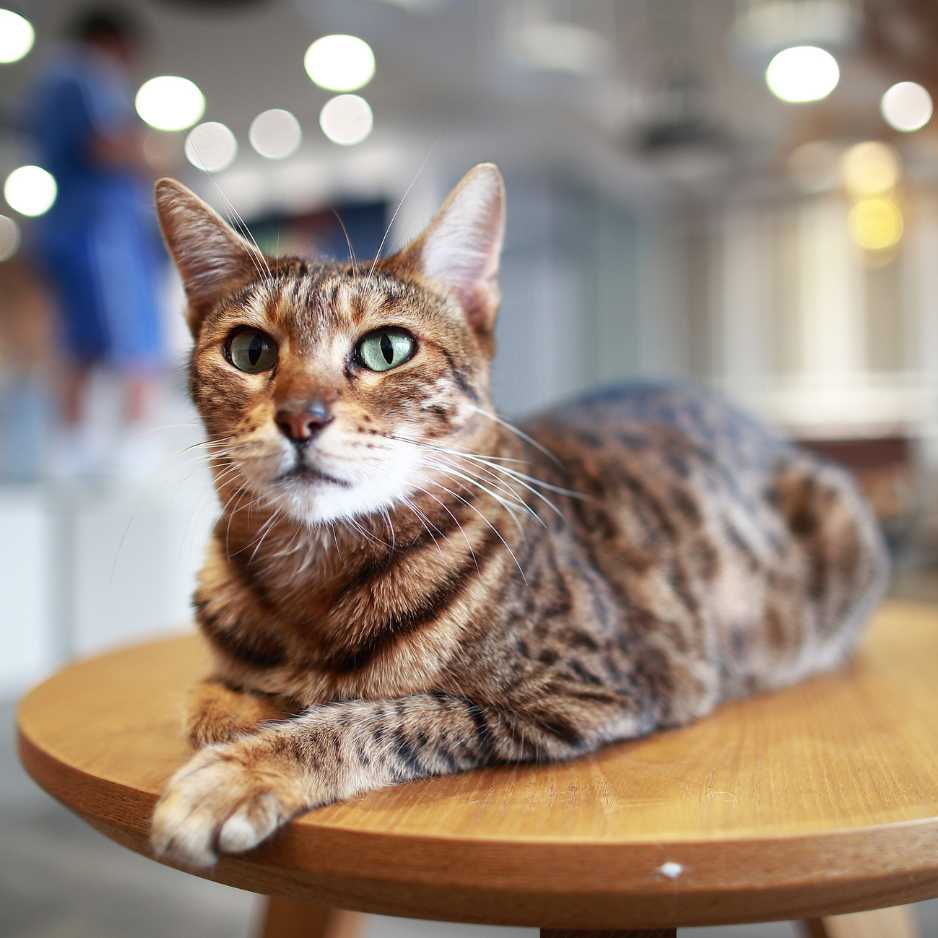
The Ocicat is a unique breed known for its wild appearance, resembling a small ocelot. This breed was developed in the United States through selective breeding of Siamese, Abyssinian, and American Shorthair cats. Males typically weigh between 12 to 15 pounds, while females weigh around 8 to 12 pounds. Ocicats are highly social and playful, requiring plenty of interaction and mental stimulation. Their short coat is easy to maintain with regular brushing.
14. Highlander

The Highlander is a relatively new breed known for its distinctive appearance, featuring curled ears and a muscular build. This breed originated in the United States and can weigh between 12 to 20 pounds for males and 8 to 15 pounds for females. Highlanders are known for their playful and affectionate nature, making them great companions for families. Regular grooming is necessary to keep their coat healthy.
15. Burmese

The Burmese is a medium-sized breed known for its compact build and short, glossy coat. Originating in Southeast Asia, males typically weigh between 10 to 15 pounds, while females weigh around 8 to 12 pounds. Burmese cats are known for their playful and social personalities, often seeking attention and companionship from their owners. Their short coat requires minimal grooming, but they benefit from regular playtime.
16. Egyptian Mau

The Egyptian Mau is known for its unique spotted coat and striking green eyes. This breed is one of the few naturally spotted domestic cats and has a history dating back to ancient Egypt. Males typically weigh between 10 to 15 pounds, while females weigh around 8 to 12 pounds. Egyptian Maus are highly active and intelligent, requiring ample exercise and mental stimulation. Their short coat is easy to care for with regular brushing.
17. Pixie-Bob

The Pixie-Bob is a unique breed that resembles a wild bobcat, characterized by its short tail and polydactyl paws. This breed originated in the United States and can weigh between 10 to 20 pounds for males and 8 to 15 pounds for females. Pixie-Bobs are known for their playful and social personalities, often forming strong bonds with their owners. They require regular grooming to manage their dense coat.
18. Manx
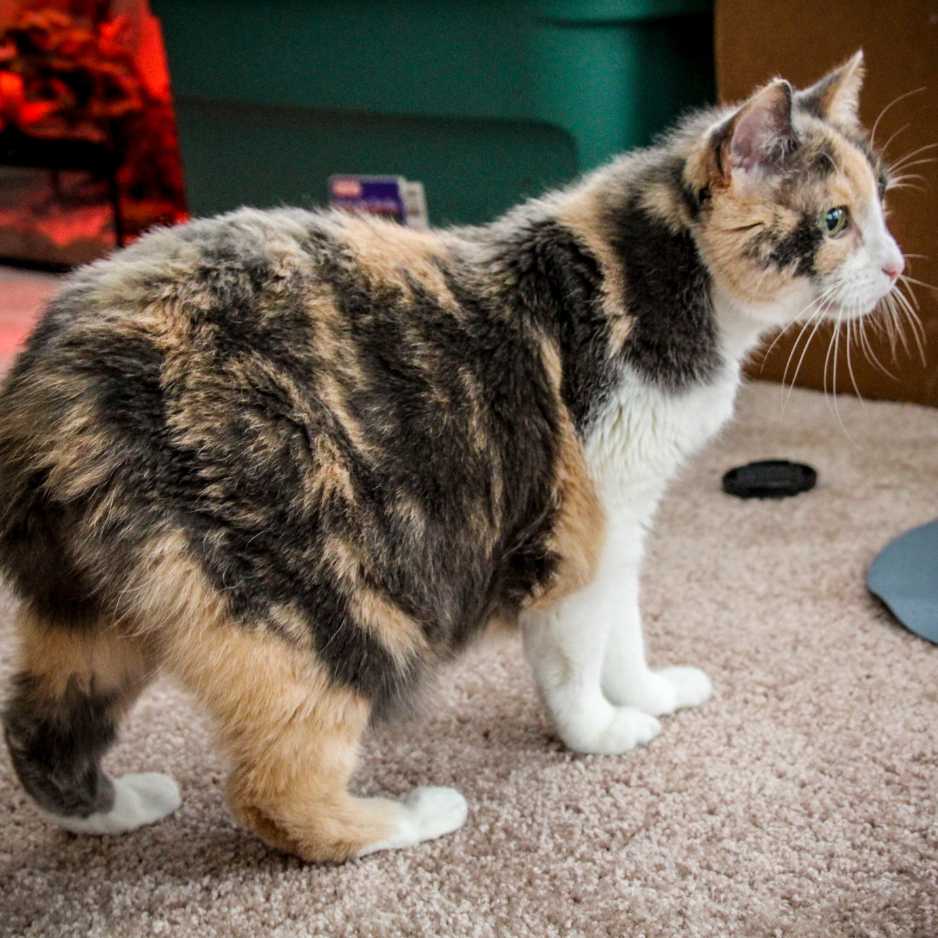
The Manx is a unique breed known for its taillessness, which is caused by a genetic mutation. This breed originated on the Isle of Man and has a sturdy build, with males typically weighing between 10 to 14 pounds and females weighing around 8 to 12 pounds. Manx cats are known for their playful and affectionate nature, making them great companions for families. Regular grooming is necessary to keep their coat healthy, especially for long-haired varieties.
19. Exotic Shorthair
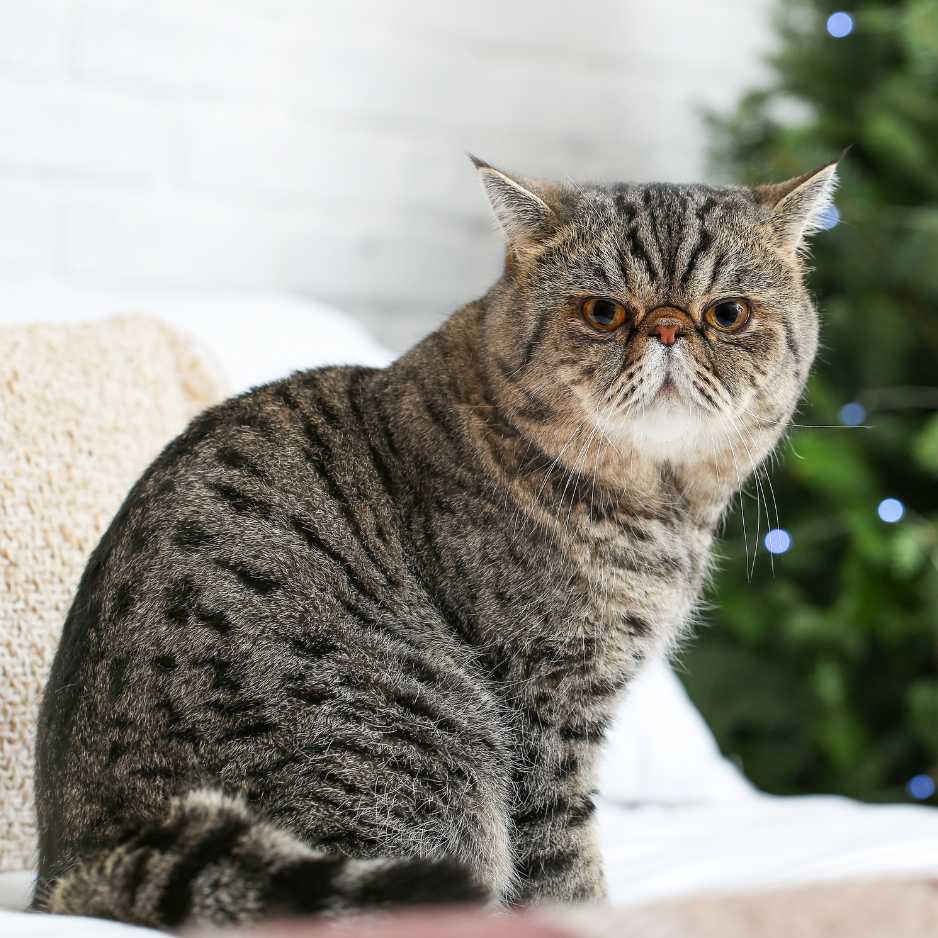
The Exotic Shorthair is a popular breed known for its resemblance to the Persian cat but with a short, plush coat. This breed originated in the United States and can weigh between 10 to 15 pounds for males and 8 to 12 pounds for females. Exotic Shorthairs are known for their calm and affectionate demeanor, making them excellent companions. Regular grooming is essential to keep their coat healthy and reduce shedding.
20. Khao Manee
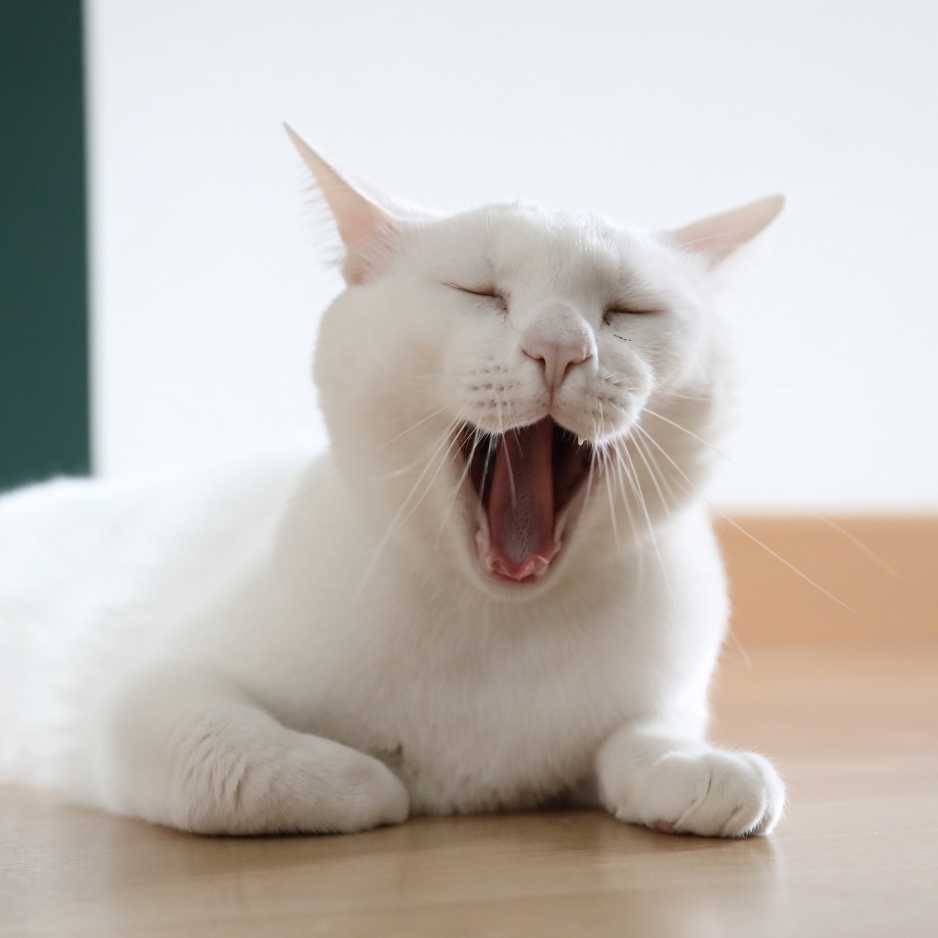
The Khao Manee is a rare breed originating from Thailand, known for its striking white coat and captivating blue or odd-colored eyes. Males typically weigh between 10 to 15 pounds, while females weigh around 8 to 12 pounds. Khao Manees are friendly, social cats that thrive on human companionship. They are also known for their playful and curious nature, making them great companions for families. Regular grooming is necessary to keep their coat clean and healthy, as they can be prone to matting.
Care Tips for Large Cat Breeds
Owning a large cat breed comes with specific care considerations:
- Feeding: Large cats require a balanced diet rich in protein. Consult with your veterinarian to determine the right food and portion sizes to ensure your cat maintains a healthy weight.
- Exercise: Many large breeds are active and need regular exercise to stay healthy. Engage your cat with interactive cat toys, climbing trees, and playtime to keep them physically and mentally stimulated.
- Grooming: Depending on the breed, grooming needs may vary. Long-haired breeds require more frequent brushing to prevent matting, while short-haired cats may need less maintenance.
- Veterinary Care: Regular check-ups are essential for monitoring your cat’s health, especially as they age. Discuss any specific health concerns related to larger breeds with your veterinarian.
Living with Large Cats in an Apartment
Living with a large cat breed in an apartment can be a rewarding experience, but careful consideration is required to ensure both the cat and the owner are comfortable. Here are some tips for managing life with a large cat in an apartment setting:
- Space Management: Large cats need room to move around. Make sure your apartment has enough space for them to stretch out and explore. Consider setting up vertical spaces, like cat trees or shelves, to provide climbing opportunities.
- Exercise Needs: Large breeds often have higher energy levels and require regular exercise. Engage your cat with interactive toys and dedicated playtime to keep them active and healthy. Regular exercise helps prevent boredom and behavioral issues.
- Litter Box Considerations: Ensure that you have a sufficiently large litter box that accommodates your cat’s size. Some large breeds may require a bigger box for comfort, so opt for a spacious option and keep it clean to encourage regular use.
- Grooming Space: Create a designated grooming area in your apartment. Regular grooming helps reduce shedding and keeps your cat’s coat in top condition, especially for long-haired breeds.
- Furniture Protection: Large cats can be playful and curious, so it’s essential to protect your furniture. Consider investing in scratch-resistant furniture or providing alternative scratching posts and pads to keep your cat engaged.
- Noise Consideration: Large cats can be vocal, especially when seeking attention or expressing their needs. Be prepared for the sounds of a big cat, and ensure your apartment allows for comfortable living without disturbing neighbors.
- Social Interaction: Large cat breeds often enjoy companionship, so make time to bond with your feline friend. Spending quality time together enhances their well-being and strengthens your relationship
Conclusion
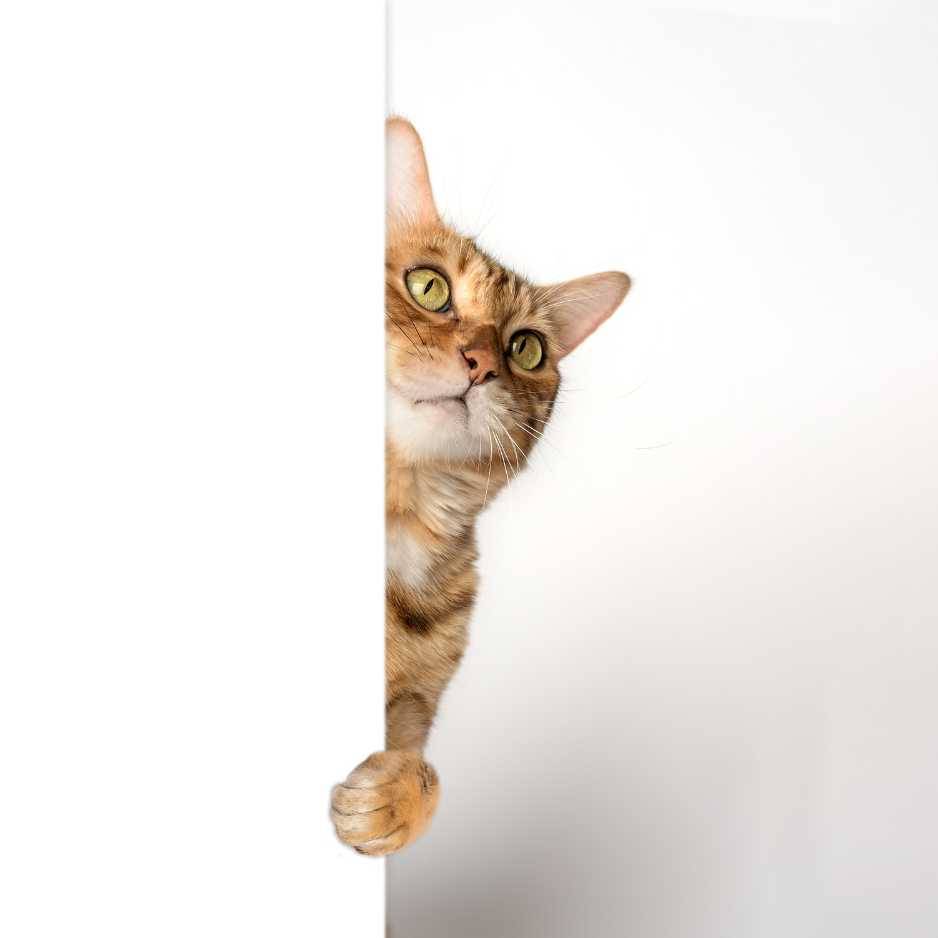
Large cat breeds offer a unique blend of beauty, companionship, and personality. Each breed has its own distinctive traits and care requirements, making it essential to choose one that fits your lifestyle. Whether you’re drawn to the majestic Maine Coon or the exotic Savannah, these big cats are sure to bring joy and love into your home. Always consider adopting from shelters or rescue organizations to provide a loving home to these magnificent creatures.


